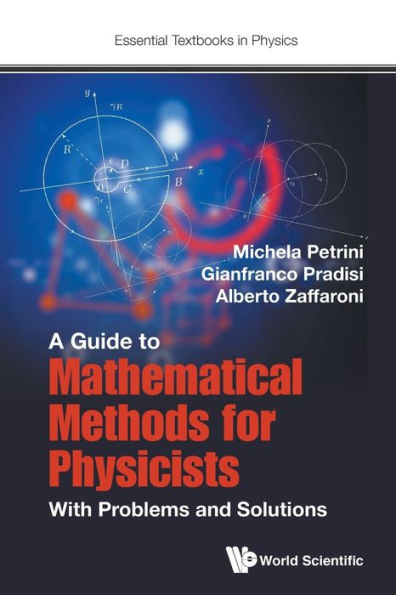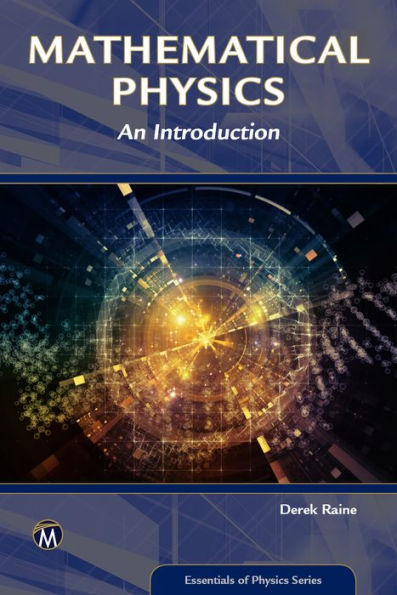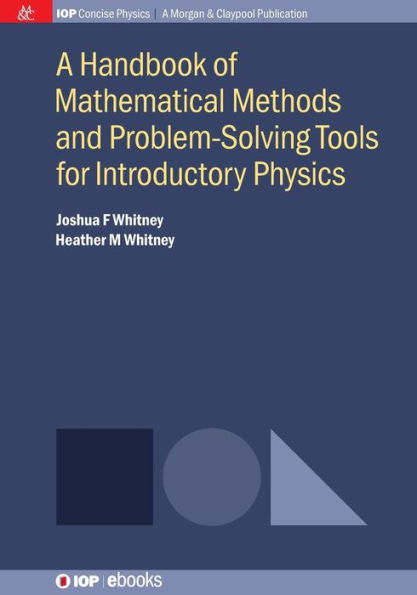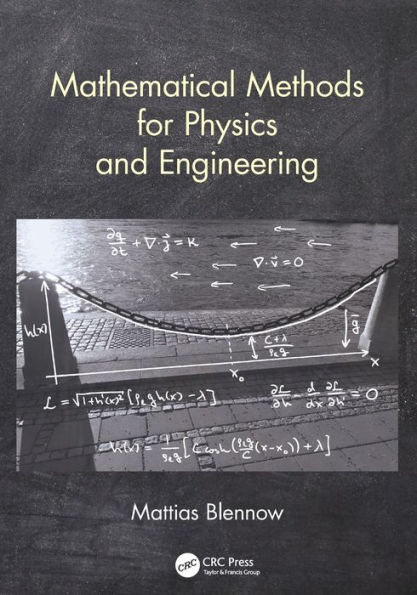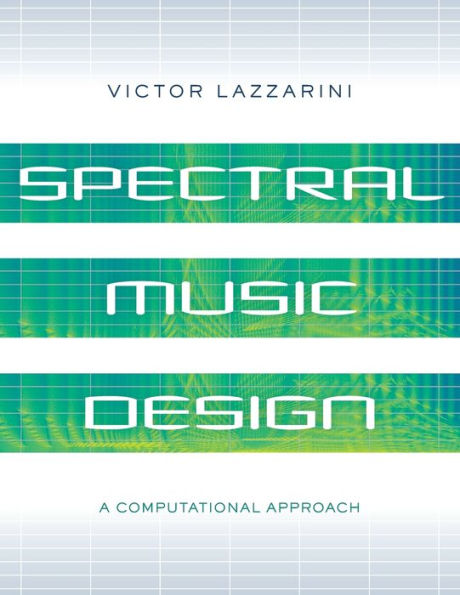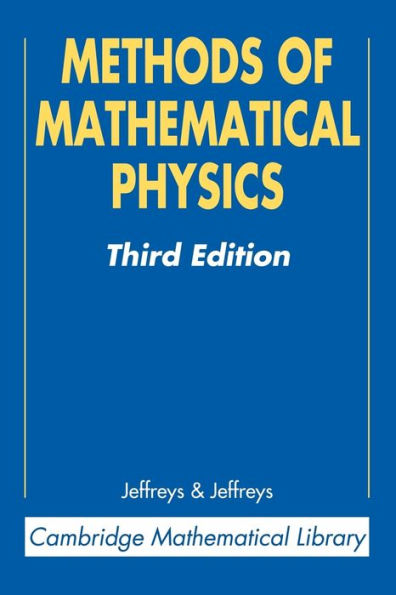Home
An Introductory Guide to Computational Methods for the Solution of Physics Problems: With Emphasis on Spectral Methods
Loading Inventory...
Barnes and Noble
An Introductory Guide to Computational Methods for the Solution of Physics Problems: With Emphasis on Spectral Methods
Current price: $54.99


Barnes and Noble
An Introductory Guide to Computational Methods for the Solution of Physics Problems: With Emphasis on Spectral Methods
Current price: $54.99
Loading Inventory...
Size: OS
*Product Information may vary - to confirm product availability, pricing, and additional information please contact Barnes and Noble
This monograph presents fundamental aspects of modern spectral and other computational methods, which are not generally
taught in traditional courses. It emphasizes concepts as errors, convergence, stability, order and efficiency applied to
the solution of physical problems. The spectral methods consist in expanding the function to be calculated into a set of
appropriate basis functions (generally orthogonal polynomials) and the respective expansion coefficients are obtained via
collocation equations. The main advantage of these methods is that they simultaneously take into account all available
information, rather only the information available at a limited number of mesh points. They require more complicated
matrix equations than those obtained in finite difference methods. However, the elegance, speed, and accuracy of the
spectral methods more than compensates for anysuch drawbacks.
During the course of the monograph, the authors examine the usually rapid convergence of the spectral expansions and
the improved accuracy that results when nonequispaced support points are used, in contrast to the equispaced points
used in finite difference methods. In particular, they demonstrate the enhanced accuracy obtained in the solution
of integral equations.
The monograph includes an informative introduction to old and new computational methods with numerous practical examples,
while at the same time pointing out the errors that each of the available algorithms introduces into the specific
solution. It is a valuable resource for undergraduate students as an introduction to the field and for graduate students
wishing to compare the available computational methods. In addition, the work develops the criteria required for
students to select the most suitable method to solve the particular scientific problem that they are confronting.
